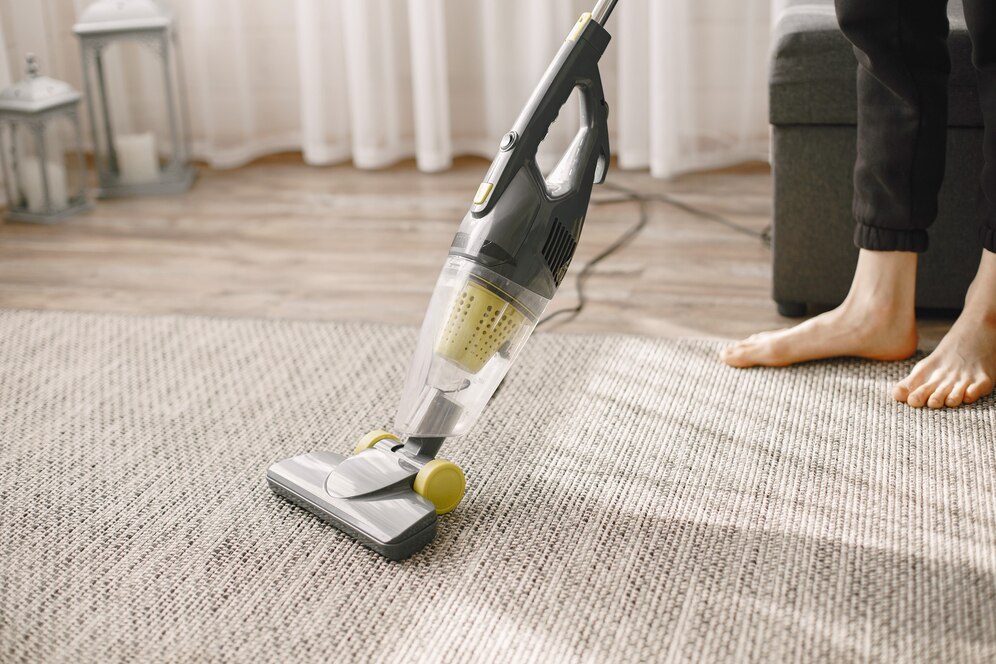Have you got a footpath, fence or building you just can’t get clean no matter what you try? Sandblasting, or abrasive blasting, is a process used to clean, smooth or shape a surface using a forced stream of abrasive material on it.
Sandblasting can be an effective method to clean surfaces, particularly when you are dealing with tough contaminants, old paint coatings or rust.
A question we often get asked is whether using sandblasting to clean a material means that we are using actual sand, and the answer is no. Traditionally, sandblasting was done using silica sand, and that can generate hazardous dust that can lead to respiratory issues. Today outdoor cleaning companies use abrasive materials like grit, glass beads, walnut shells, and metal shot because they are more environmentally and health friendly.
How does the sandblasting system actually work?
Essentially sandblasting works in that an abrasive material is propelled at high velocity using compressed air. The blasting nozzle affects the velocity and pattern of the abrasive stream which means that cleaning using this method can be customised towards what you need cleaned.
The Pros of Sandblasting
Like other cleaning methods, sandblasting has its pros and cons, and it’s fair to say that it may not always be the most suitable cleaning method for your situation. But there are certainly some pros to using this method.
Pros of Sandblasting
- Effective removal of contaminants – for those hard to remove contaminants, sandblasting is highly effective. Things like rust, paint, scale and corrosion can be hard to remove with standard cleaning methods, but they easily come off when using abrasive materials.
- Surface preparation – if you are needing a surface coated or painted, or are having another treatment that requires a textured profile for adhesion, sandblasting is a great method.
- Versatility – sandblasting can be used on a variety of materials including metal, concrete, wood and more.
- Rapid cleaning – if you need something cleaned quickly, cleaning with abrasive materials can be a much quicker process when you need to cover a larger area.
What Can Sandblasting Be Used For?
Now that you know whether the sandblasting process is for you, here’s what we use it for.
- Surface cleaning to remove rust, paint, scale, and other contaminants to prepare for painting or coating.
- Surface profiling to create a textured surface profile to enhance the adhesion of the coating.
- Deburring to remove sharp edges or burrs on metal.
- Restoring old buildings, statues, and machinery through the removal of layers of dirt, paint, mould and more.
Surfaces that Sandblasting Can be Used On
There’s no doubt that sandblasting is a versatile cleaning method that can be used on a variety of surfaces, both to clean and prepare for further treatments. Wondering whether sandblasting can be used as a cleaning method on your task? Here are some of the more common surfaces that can be sandblasted.
Metal Surfaces – sandblasting is frequently used to remove rust, paint, scale and other contaminants on metal, as well as preparing it for painting or coating.
Concrete – the cleaning method can be used on concrete to remove dirt, built on stains, paint or other coatings. If you are needing to adhere a coating to the concrete, sandblasting can profile the surface to ensure the coating is better adhered.
Brick and Stone – sandblasting can be used on brick and stone for cleaning and restoration purposes. It can be utilised to remove dirt, graffiti, and old paint, and can also be used to reveal the natural texture of the material.
Wood – wood is one of those materials that may or may not benefit from sandblasting. If using it on this material to remove paint or finishes, you need to be delicate and use lighter abrasive materials or lower pressure to minimise any potential damage.
Fibreglass – like wood, while sandblasting can be used as a cleaning method on fibreglass surfaces, it is something that needs a lot of care taken to avoid causing damage.
Ceramic Tile – if you have tiles that need a clean, sandblasting is a great way to remove grime, stains, and old finishes to reveal what your tiles really look like underneath.
Automotive Surfaces – this cleaning method is commonly used in the automotive industry to remove paint and rust from metal surfaces, preparing them for repainting or refinishing.
Statues and Monuments – commercially, sandblasting is often the choice to restore monuments or statues made of stone or metal as it can easily cut through dirt, pollutants and coatings that have accumulated over time.
While sandblasting can be effective on many surfaces, before starting you do need to consider the material and the type of abrasive material and pressure used to clean. It is essential to hire a professional exterior cleaner with experience in sandblasting to ensure no damage is caused, and that your materials are cleaned correctly for your task.
At FCT Cleaning we provide a range of quality sandblasting services to clients throughout Western Australia. Our low-pressure sandblasting system guarantees that your surface will not be badly pitted. Over the years we have mastered the art of sandblasting, whether it be a swimming pool or building, so you can be assured you’re working with a great team.


